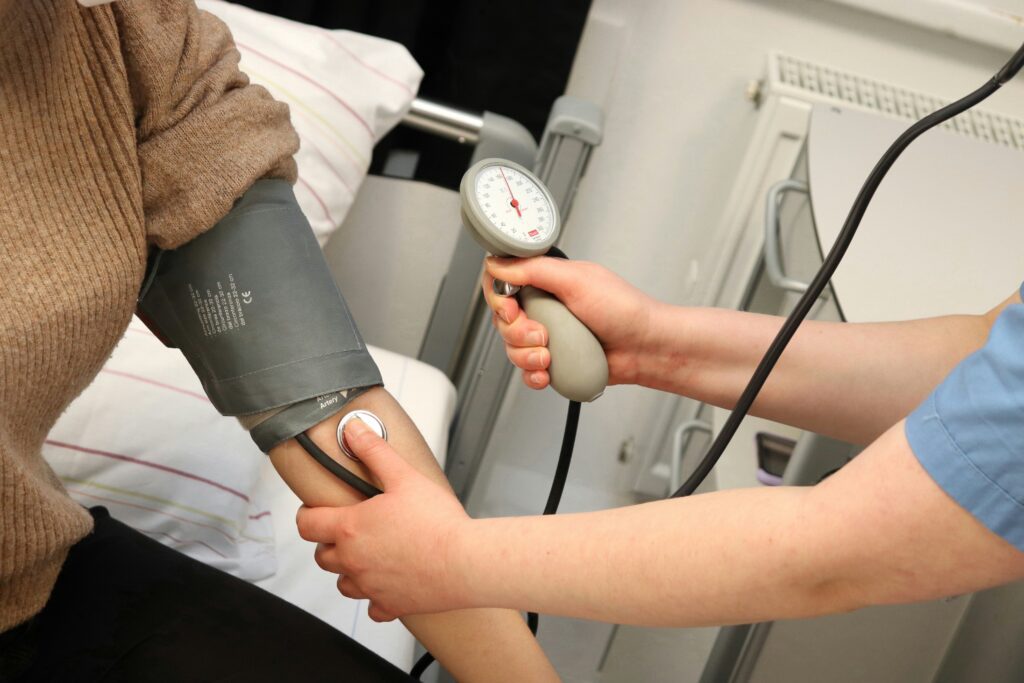The Invisible Patient: Caregiver Injury as a Core Health Equity Crisis

The modern healthcare ecosystem, particularly concerning long-term care and disability management, has placed an increasing logistical and physical burden on unpaid family caregivers. These dedicated individuals (spouses, adult children, or relatives) constitute the often-invisible backbone of home care, yet their physical and financial health is systematically undervalued and largely unsupported by current public health policy. Analyzing the reality of manual patient transfer in the home environment reveals a significant and neglected health disparity, where the absence of appropriate durable medical equipment (DME) directly translates into preventable orthopedic injuries for the caregiver.
This dynamic is not merely a household inconvenience. No, it is a profound health equity issue. When a family member assumes the role of a certified patient care technician (often without formal training), they inherit the physical risks associated with lifting and repositioning immobile or partially mobile patients multiple times (often many times) per day. The resulting musculoskeletal injuries, such as chronic back pain, rotator cuff tears and spinal disk trauma, do not simply affect one person. They lead to the systemic collapse of the home support structure, forcing a premature and often catastrophic reliance on costly, high-acuity institutional care. For communities already facing economic challenges, this collapse makes existing inequalities in access and results even worse.
The True Cost of Manual Transfers
In certified care settings, rules and ethical standards require the use of mechanical patient lifts. This is to protect staff from injury. The mantra, “No-lift policies are mandatory,” ensures employee safety. However, this protective shield vanishes the moment a patient transitions to home care. Here, the “no-lift” rule is rarely enforceable, leaving the unpaid caregiver to shoulder the physical risk.
The financial and physical risks associated with manual home transfers are unacceptable, especially when solutions are readily available. These injuries frequently require the caregiver to seek their own medical intervention (chiropractic care, physical therapy, pain management), creating a secondary healthcare expense that is rarely considered in the overall cost of patient management. For any entity concerned with the holistic quality and cost of care, a comprehensive and accessible patient lifts collection must be viewed not as a luxury DME item, but as an essential piece of preventative medical infrastructure. Furthermore, when the caregiver is physically sidelined, the quality and frequency of patient care diminish instantly, potentially leading to patient decline, skin breakdown and fall-related readmissions.
Technology as a Social Determinant of Health
The strategic provision of assistive technology must be recognized as a core Social Determinant of Health (SDOH). When a home is equipped with the necessary transfer aids, the social and physical mobility of both the patient and the caregiver improves:
- Caregiver Longevity: Reduced physical strain extends the caregiver’s ability to provide high-quality care, prolonging the patient’s ability to remain in their preferred home environment.
- Patient Safety & Dignity: Mechanical lifts execute transfers smoothly and safely, virtually eliminating the risk of accidental drops or improper body mechanics that could injure the patient. This smooth process also restores a sense of dignity, as the patient is transferred securely, not physically hoisted.
- Community Participation: When lifting and transportation become safe and easy, the family unit is far more likely to engage in community activities, thus reducing social isolation, a powerful SDOH risk factor.
Policy Gaps and Prescriptive Inertia
Current CMS and payer policies often exhibit a fatal flaw in this area: prescriptive inertia. The qualification criteria for DME coverage frequently prioritize the patient’s physical deficit over the caregiver’s functional need or the overall safety of the care environment. If a patient is deemed to possess some residual ability to bear weight or assist in a transfer, mechanical lifts may be denied coverage, forcing a manual technique that is clinically unsafe for an untrained, aging family member.
This failure to conduct a robust, holistic assessment of the home care unit, accounting for the caregiver’s age, strength, training level and pre-existing orthopedic conditions, is a failure of equity. The policy aims to reduce costs but instead leads to higher expenses due to more patient readmissions and increased claims from caregiver injuries. To solve this unique problem, we need to understand that caregivers are a vital part of the healthcare team and should (and must) be provided with necessary equipment to guarantee their safety.
Moving Towards a Systemic Solution
Achieving true health equity in long-term care demands a policy shift that recognizes the mutual vulnerability of the patient and the primary caregiver. Policy recommendations must center on:
- Mandatory Caregiver Health Assessment: Integrating a mandatory pre-discharge assessment that screens caregivers for orthopedic risk and mandates mechanical transfer aids when manual lifting poses a threat to either party.
- Universal Training: Standardizing training for family caregivers in the safe operation of all supplied DME, ensuring competence beyond simple instruction sheets.
- Reclassifying Lifts: Reclassifying essential equipment like lifts from discretionary items to preventative health infrastructure essential for maintaining the integrity of the home support system.
By strategically mitigating the occupational risk for the unpaid caregiver, healthcare systems can ensure that the family unit remains intact, patients remain safe and at home and the costly cycle of injury and readmission is finally disrupted. This is not just a clinical necessity; it is a moral imperative rooted in health equity.
